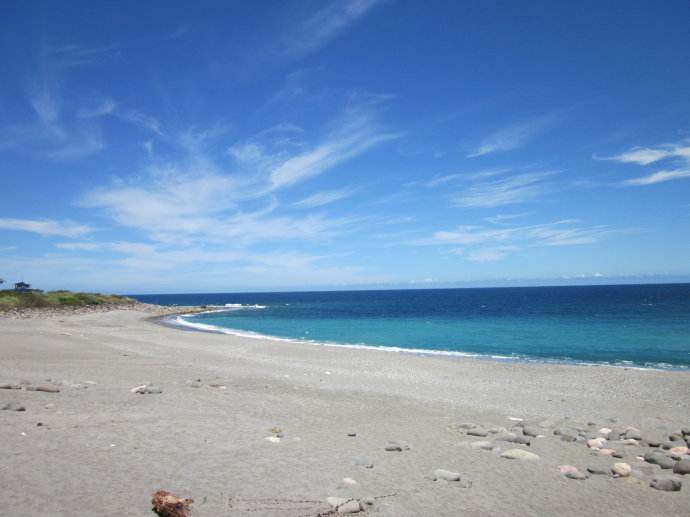Millions of gallons of fresh water evaporate from the ocean daily, leaving all their salts behind, so logically the seas ought to grow more salty with the passing years, but they don't. Something takes an amount of salt out of the water equivalent to the amount being put in. For the longest time, no one could figure out what could be responsible for this.

Perhaps nothing speaks more clearly of our psychological remoteness from the ocean depths than that the main expressed goal for oceanographers during International Geophysical Year of 1957-58 was to study "the use of ocean depths for the dumping of radioactive wastes." This wasn't a secret assignment, you understand, but a proud public boast. In fact, though it wasn't much publicized, by 1957-58 the dumping of radioactive wastes had already been going on, with a certain appalling vigor, for over a decade. Since 1946, the United States had been ferrying fifty-five-gallon drums of radioactive gunk out to the Farallon Islands, some thirty miles off the California coast near San Francisco, where it simply threw them overboard.











